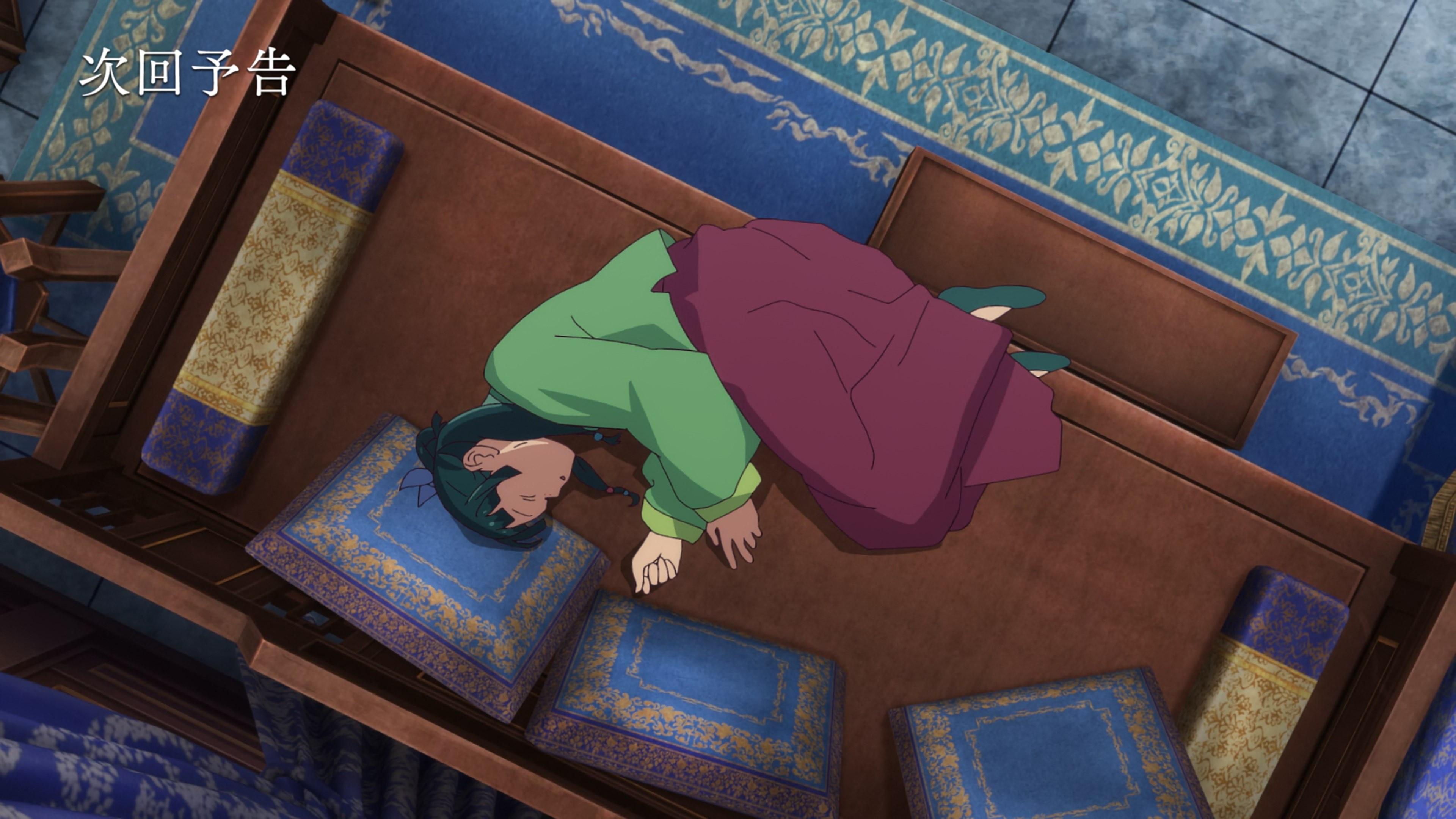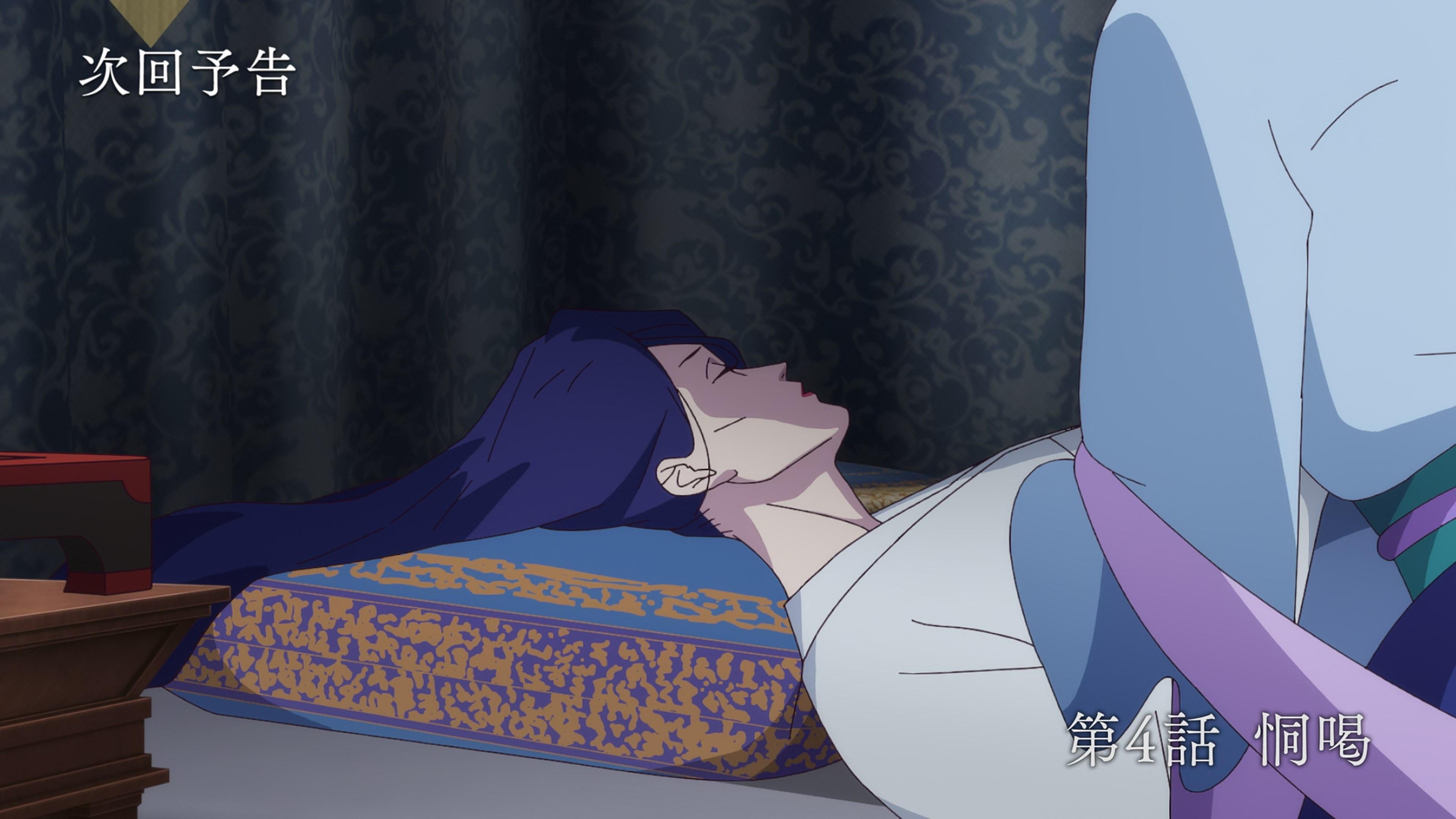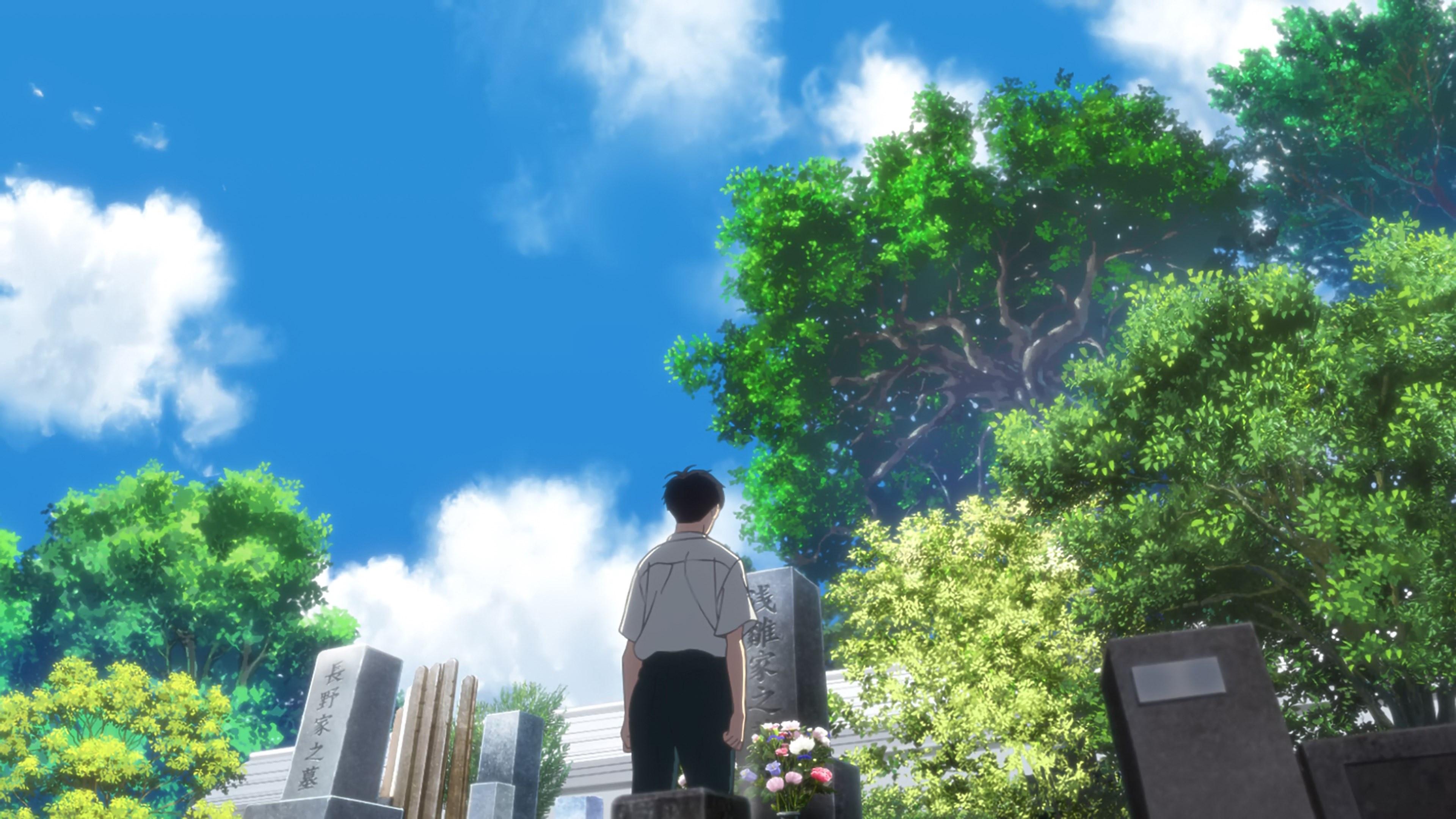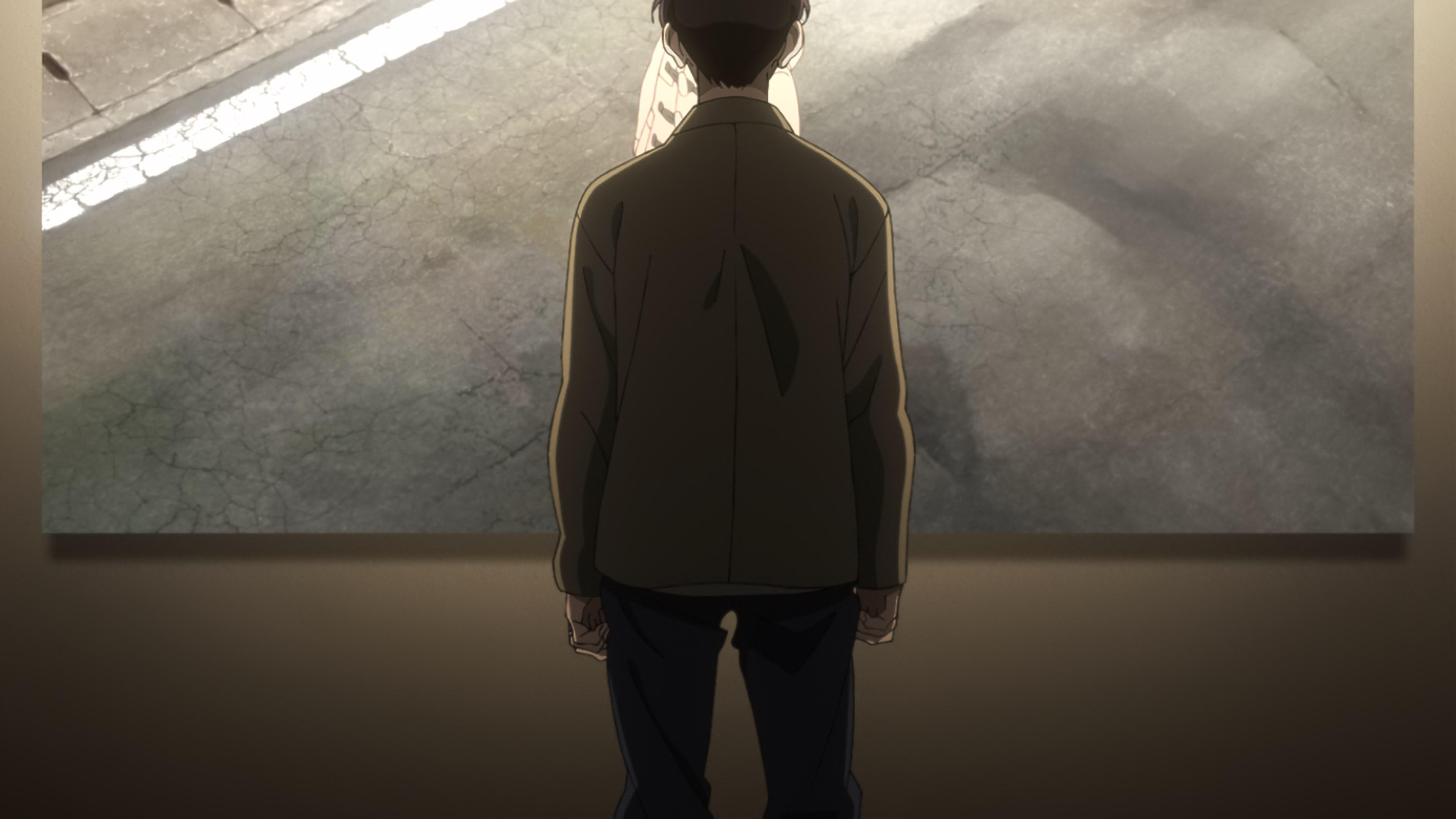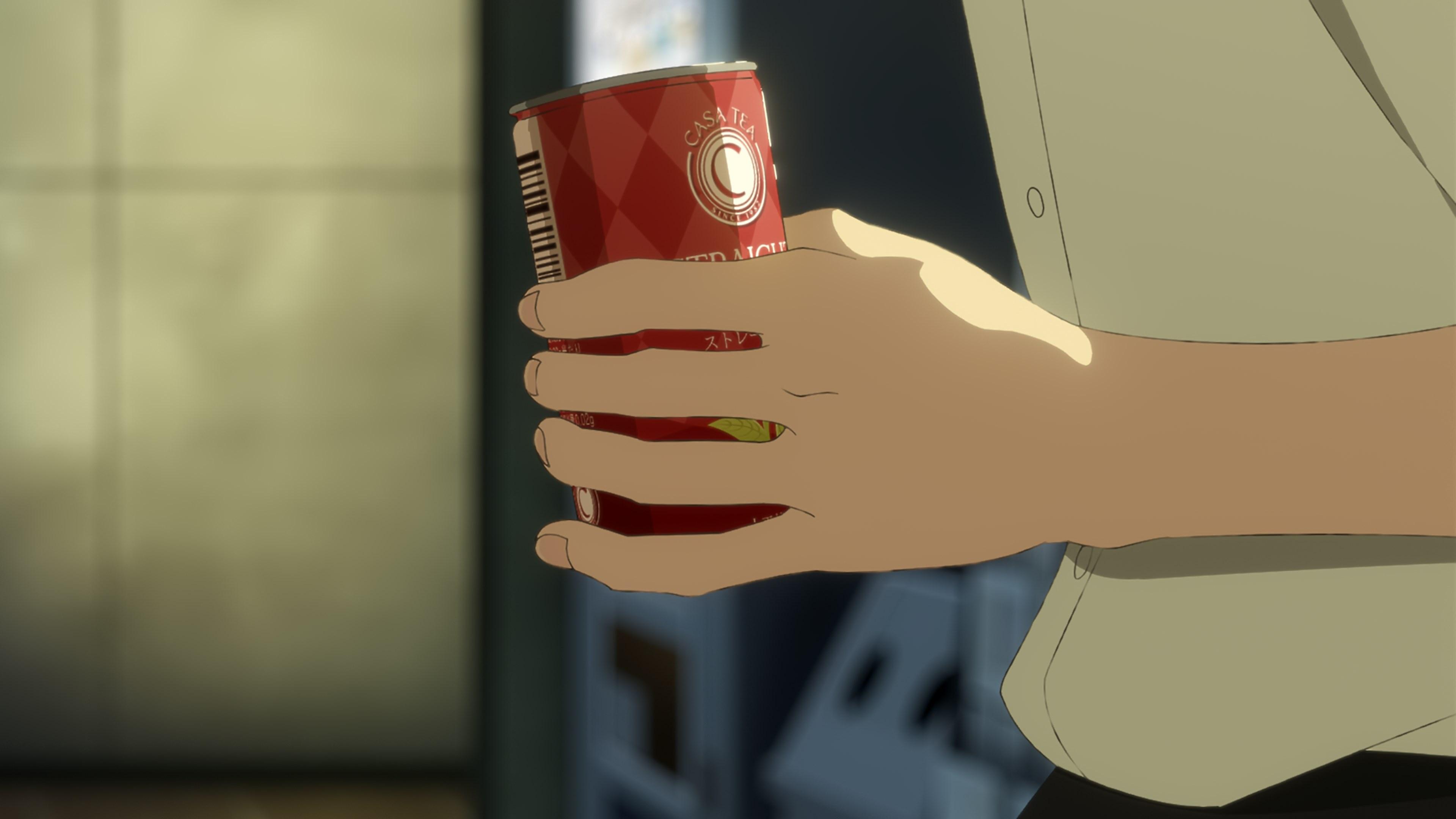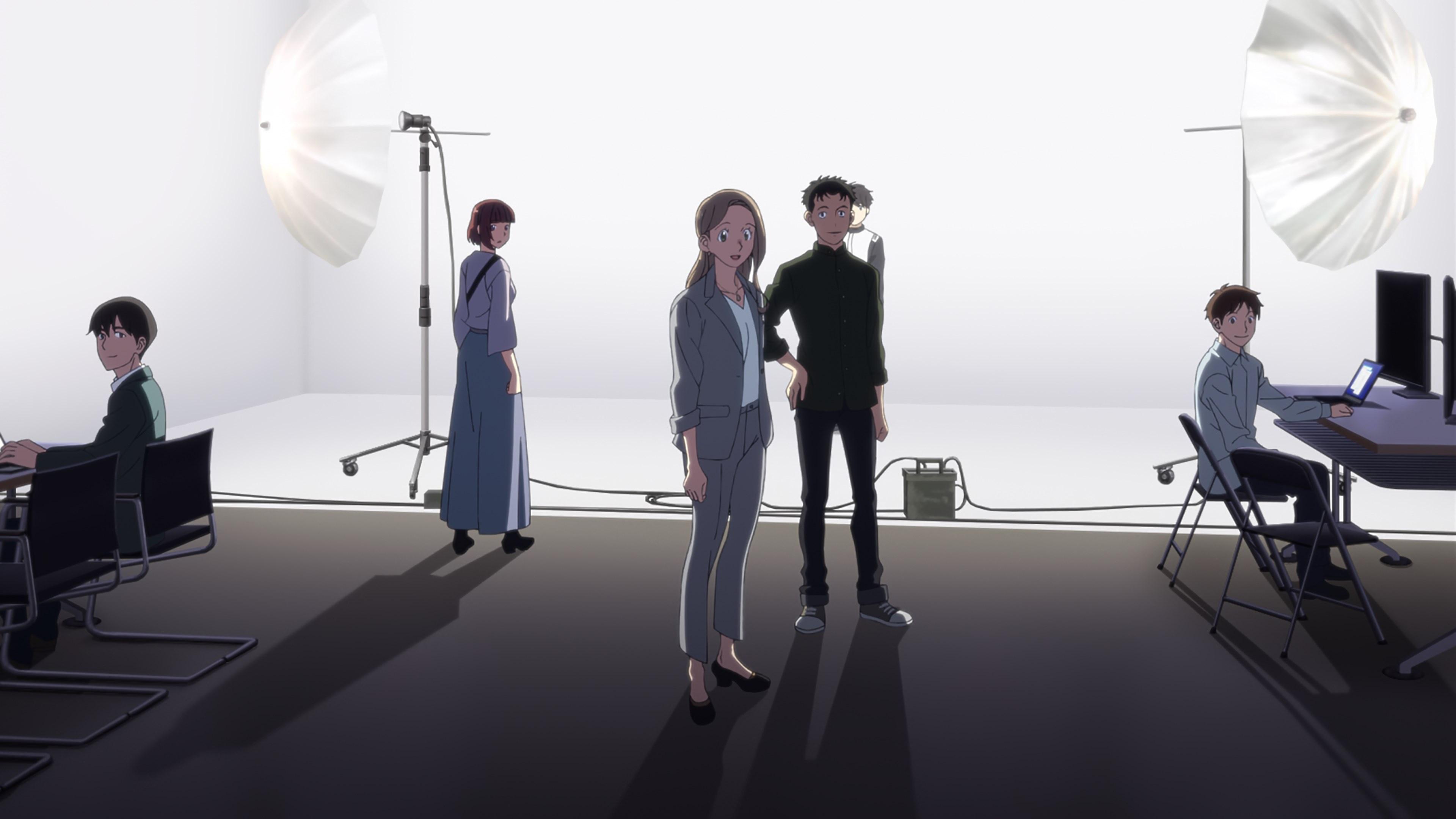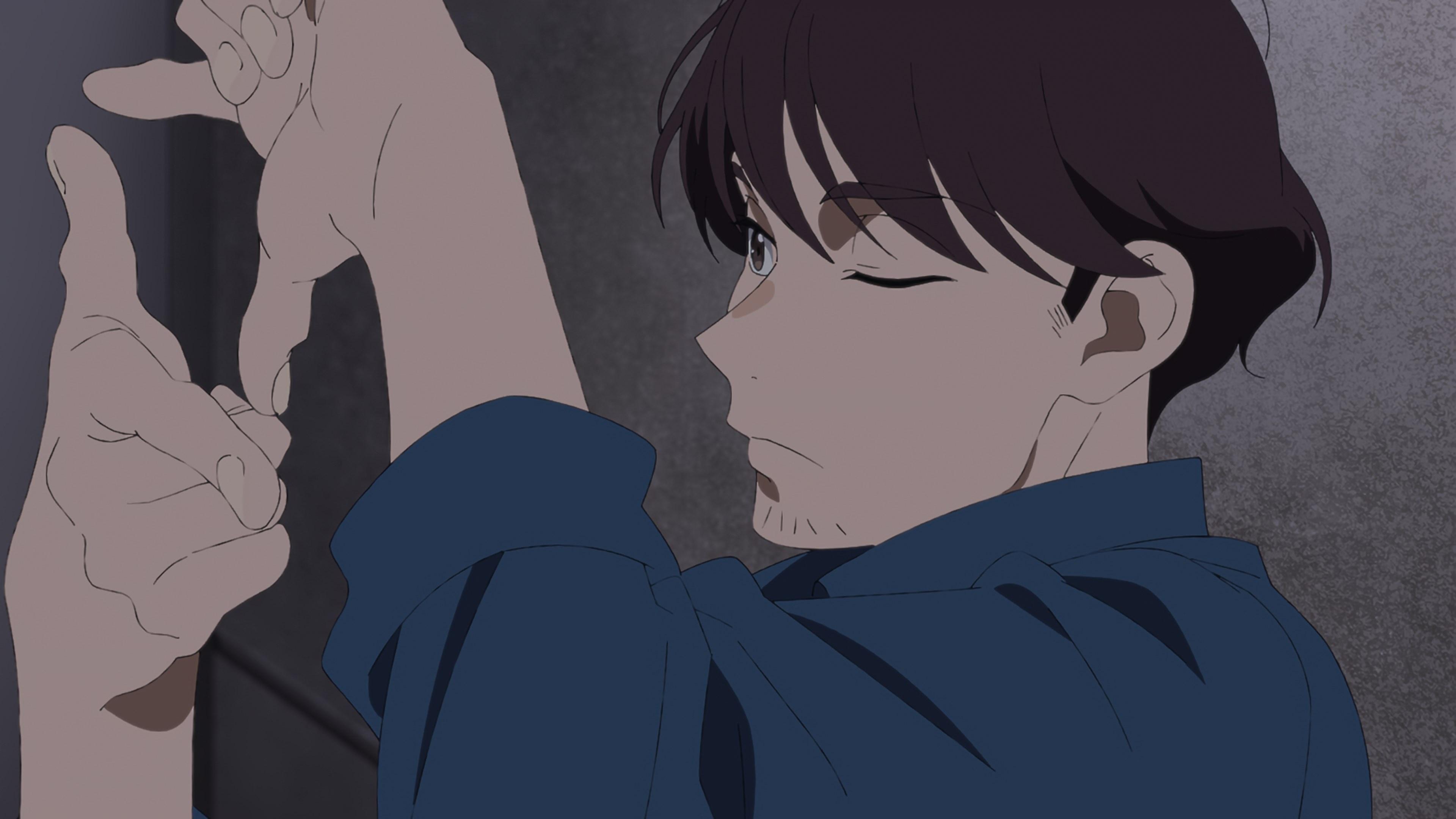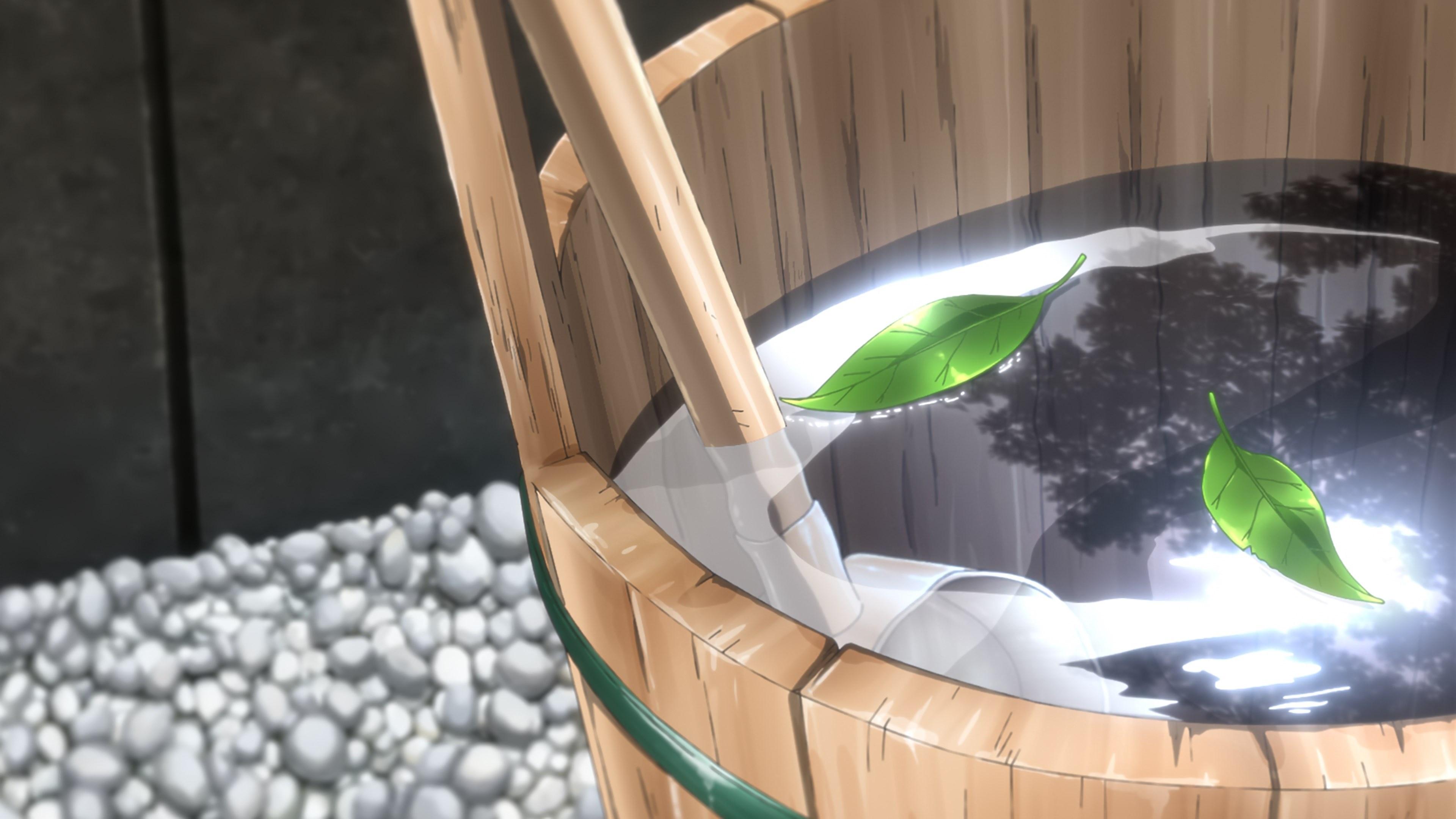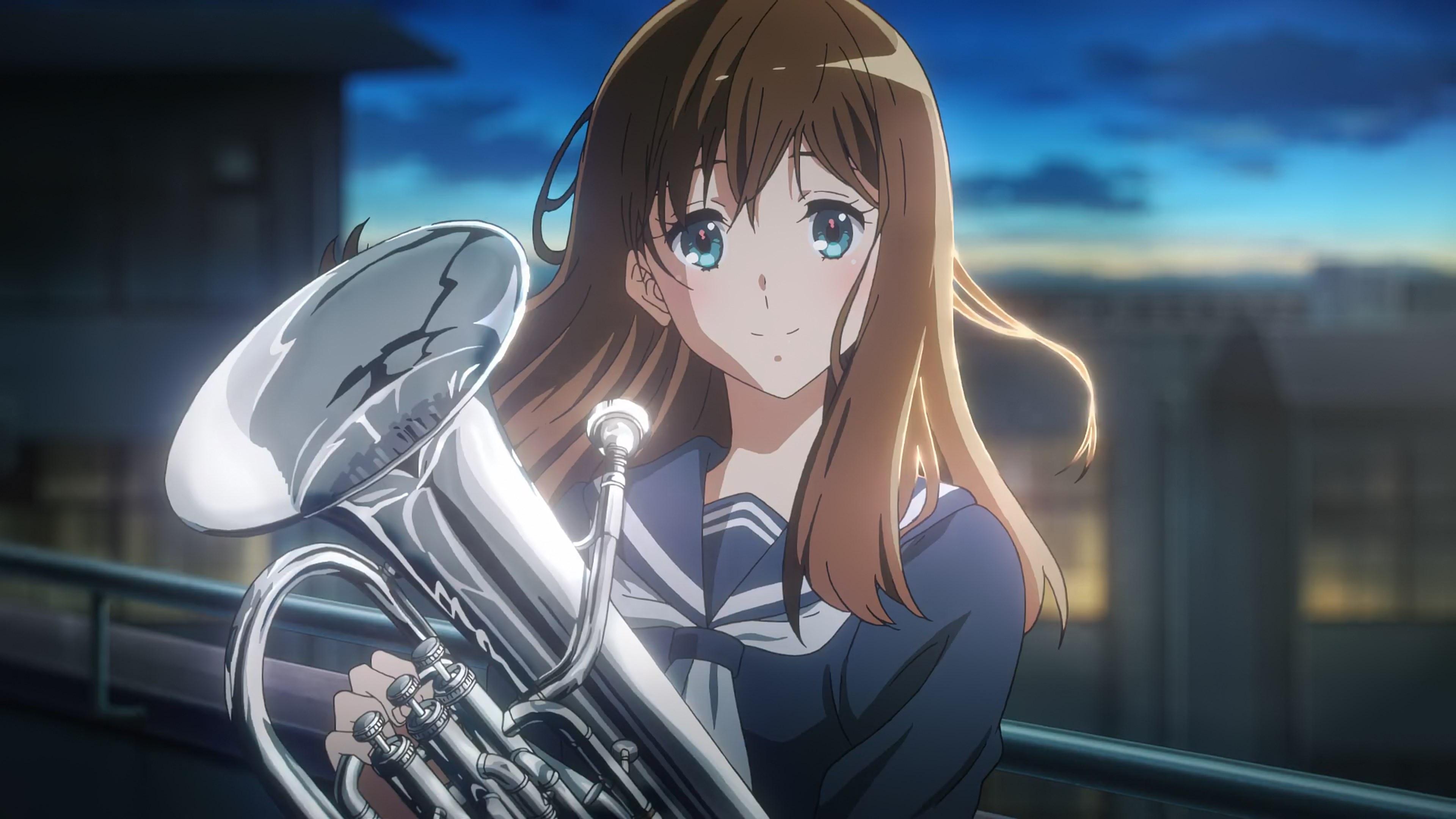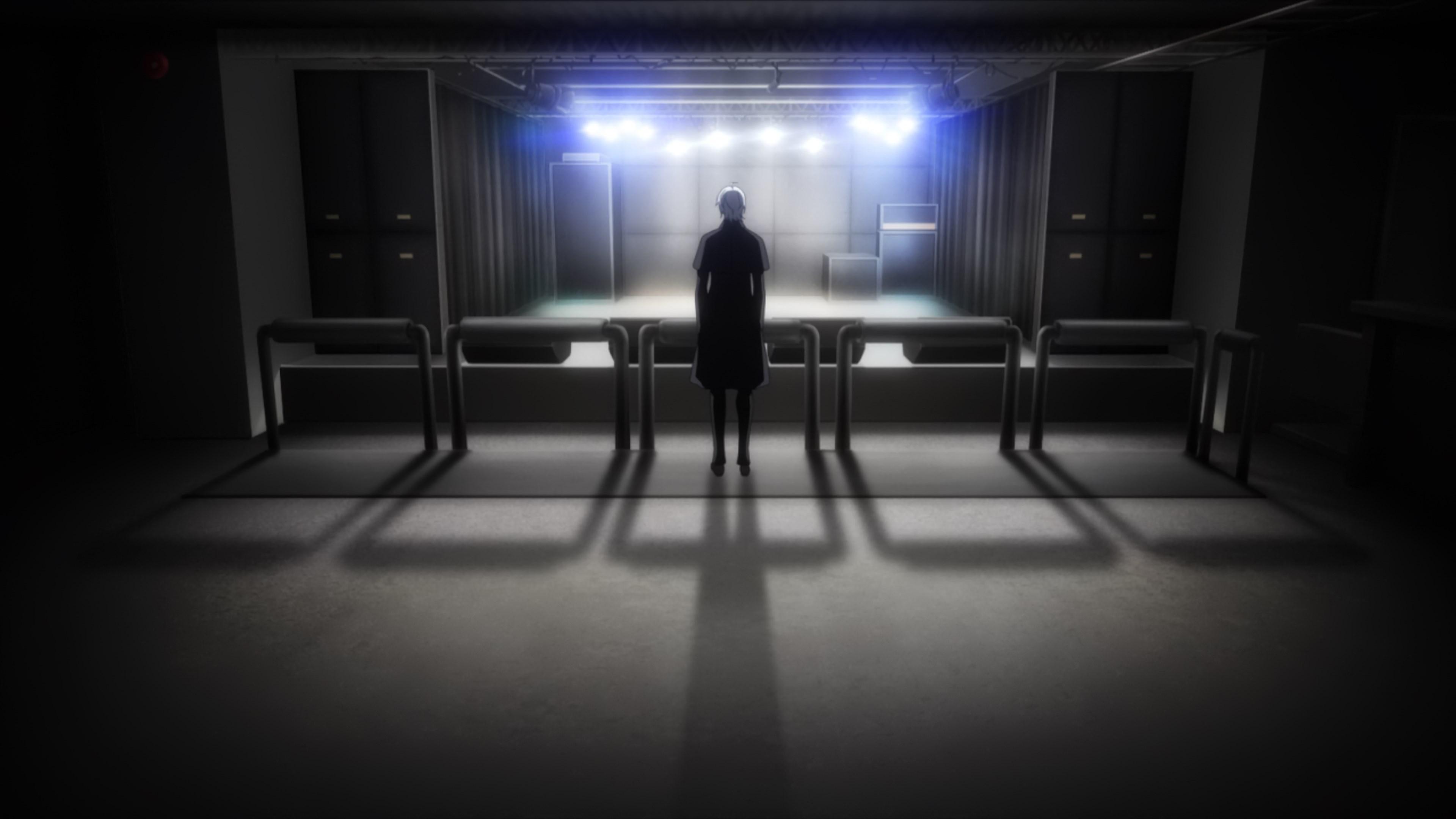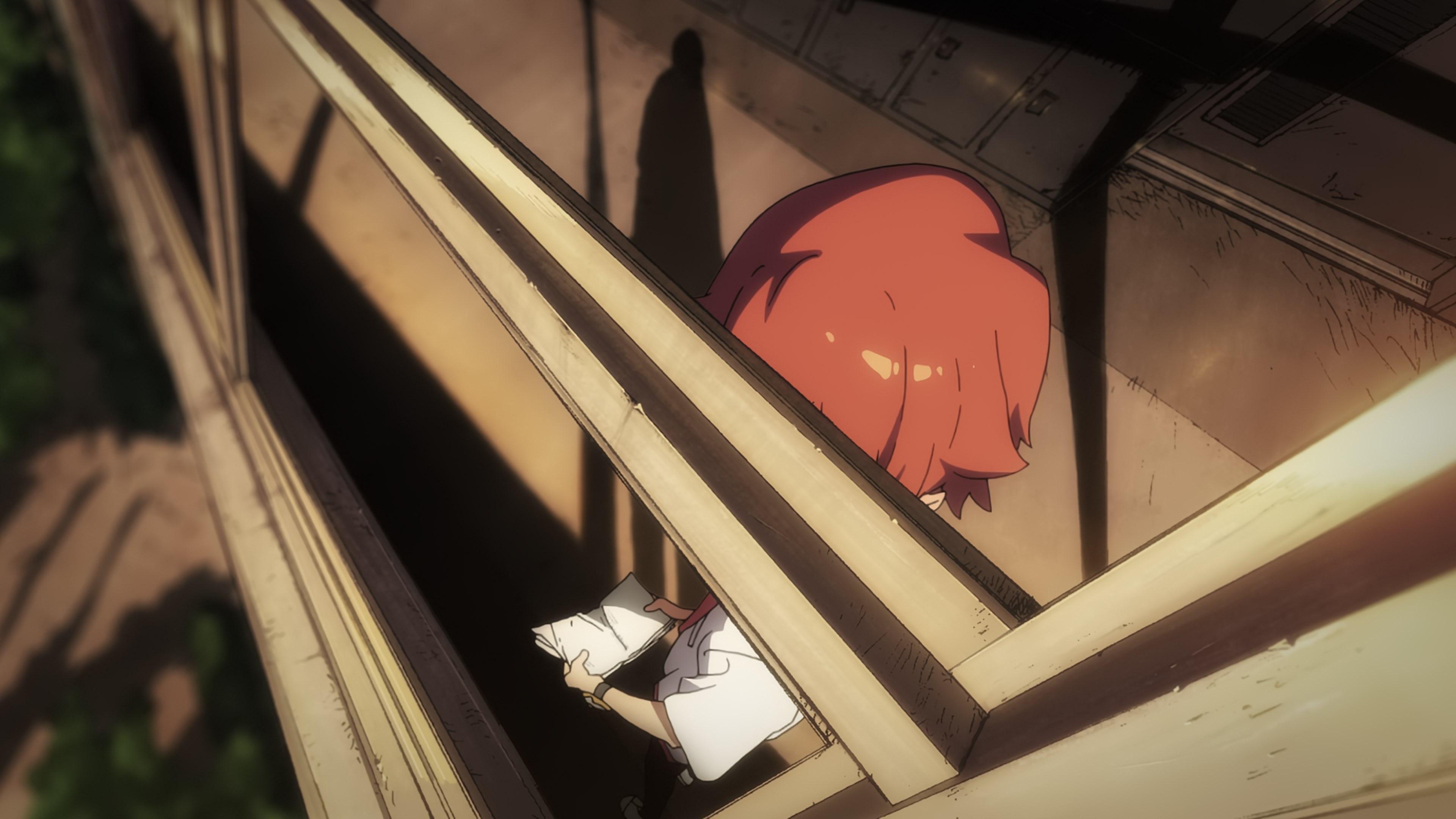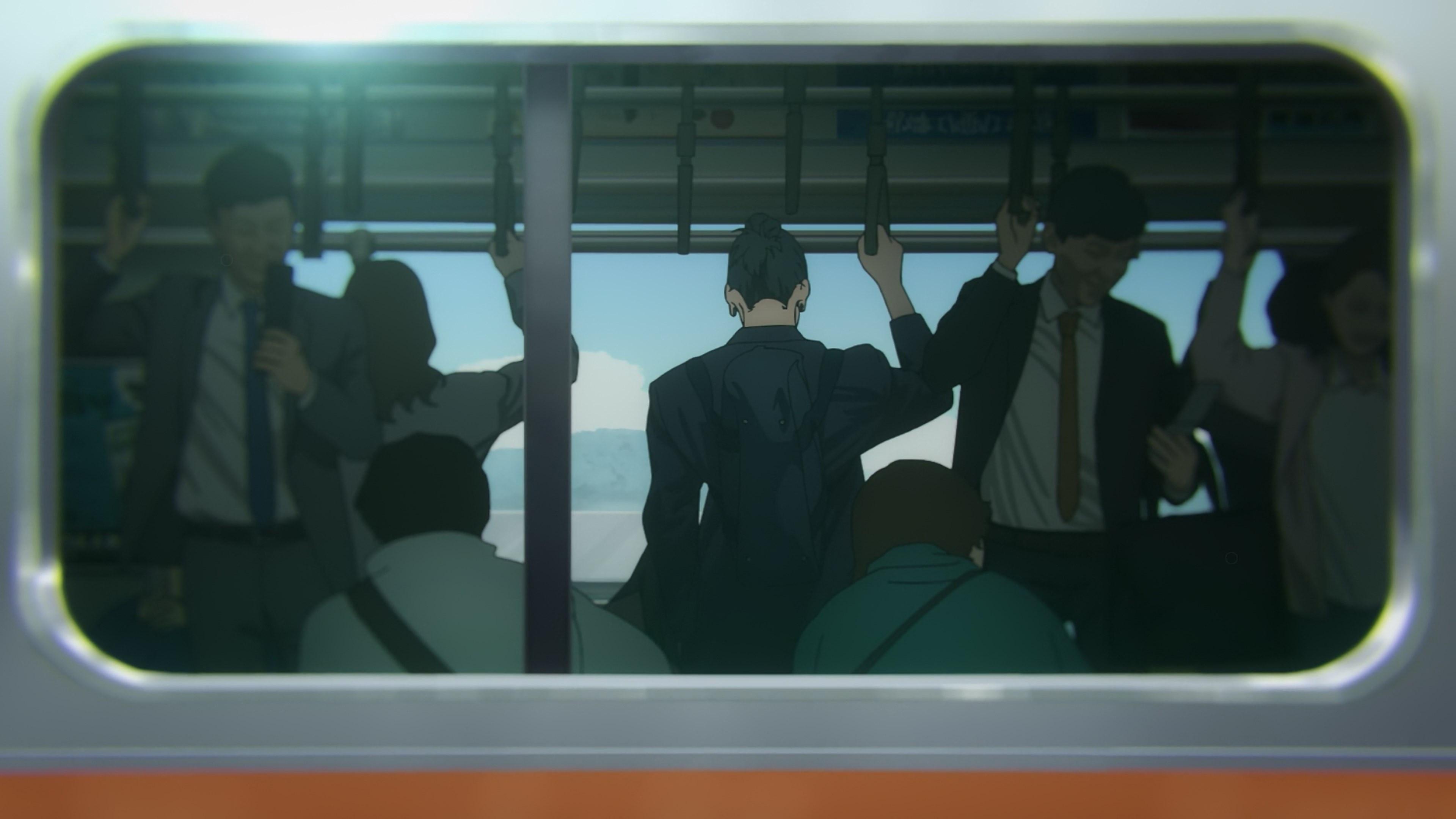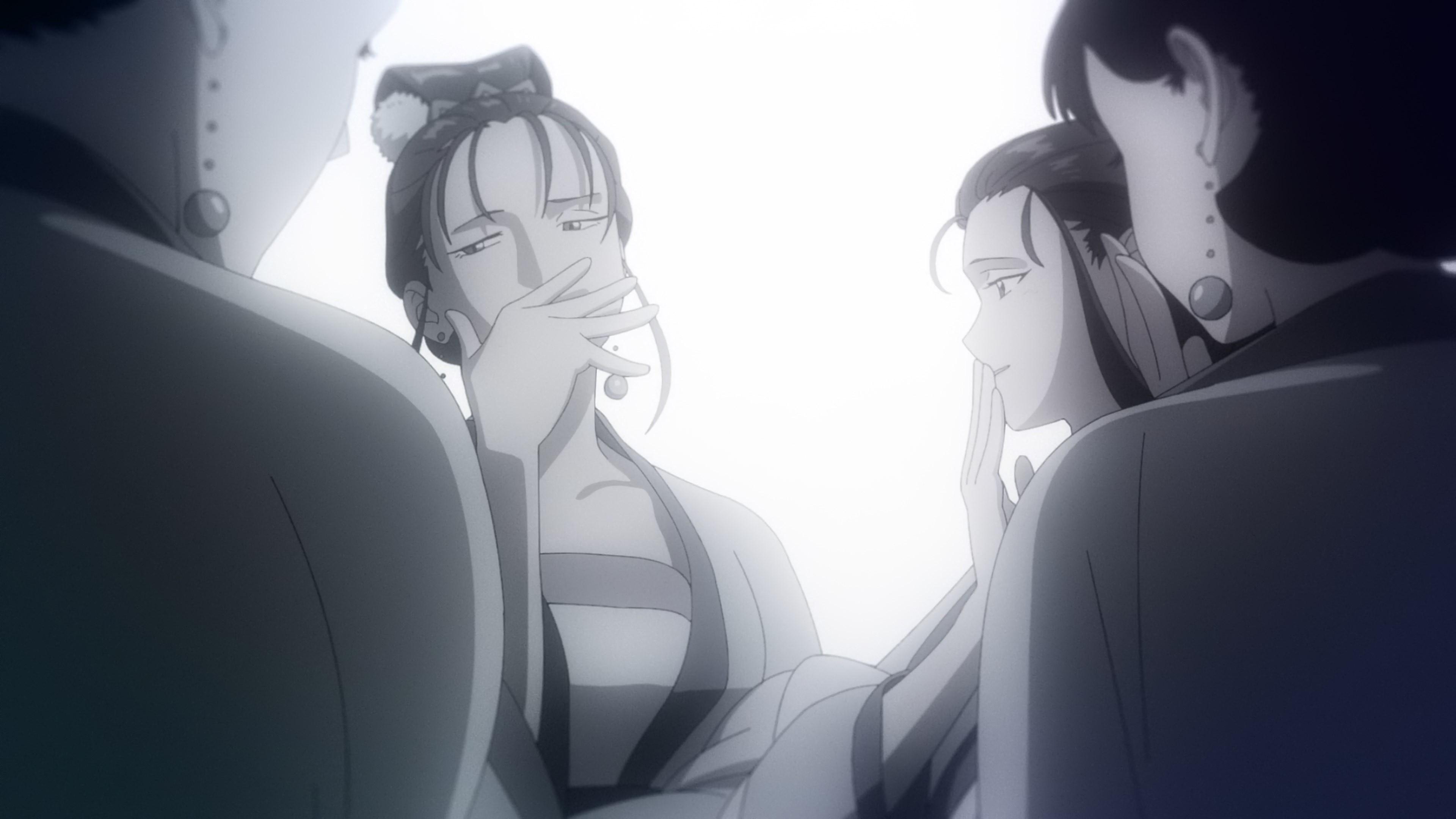It’s time to discuss the late but interesting arrival of Kusuriya no Hitorigoto / The Apothecary Diaries—with a focus on its well-fitting creative team, but also the industry trends that surround the project. Also, other topics like Overtake!‘s elegant...
It’s time to discuss the late but interesting arrival of Kusuriya no Hitorigoto / The Apothecary Diaries—with a focus on its well-fitting creative team, but also the industry trends that surround the project. Also, other topics like Overtake!‘s elegant control of the information, matching confident writing & direction, plus more fun stuff!
The Anime Industry Now Loves Special Premieres
Special first episodes are not a recent invention by any stretch, but as it stands, they’re definitely a trend on the rise. You may have noticed that some of the biggest titles of the year, such as Oshi no Ko and Frieren, have invested so hard in that idea as to push boundaries about what it can entail; the former opened up with a genuine feature film-length effort, which allowed them to build up tremendous hype through a limited theater run before the proper broadcast, while the later used its connections to land in Japan’s most iconic movie broadcasting slot. Successes like theirs spread through the same producers trying it out for other titles, but also through increasingly less high-profile projects giving special broadcasts a spin. Double-length premieres and even longer ones have become common enough that you expect to have multiple cases every season, as is happening right now.
Of course, the issue with this is that those aren’t always easy to accommodate—anything that involves more work, or simply finishing part of it earlier, is going to create some friction for TV anime. Even in those fancy, popular titles we singled out as big sources of inspiration, pulling off this stunt wasn’t necessarily easy. Oshi no Ko always had little time to spare, so that movie-sized intro wouldn’t have been possible if they hadn’t happened to employ some tremendously fast artists within their core team.
In the case of Frieren, things aren’t on the same level of tightness, but given that they’re effectively going to have to produce 28 episodes and that much of its staff have other compromises, they still had to be mindful of time. In its case, this special premiere was composed of individual episodes that formed an introductory arc, but that were each produced separately as normal. To give them a bit of a special touch, they were granted a fully pre-scored approach to the craft, allowing the visuals to synergize with the music; a technique that is only selectively deployed for the rest of the show. Even such an astonishing production has to be smart about how it manages the extra time and resources that are necessary to make these special events worthwhile.
That does introduce another important aspect: why would you do this? From a producer’s point of view, to boldly announce your title’s arrival, as some of these recent hits have done. What that myopic perspective misses, though, is that these successful examples people keep going back to hit particularly hard because their stories are frontloaded with resonant arcs that people got to experience in one sitting. Serialized storytelling does have its benefits, but if you’re able to pack an entire emotional journey’s experience with its own catharsis at the start, and then have people glued onto the screen wondering what will happen on a weekly basis, you’re getting the best of both worlds. When it comes down to it, the way these special premieres are produced—as a longer episode or by stitching together separate individual ones—matters less than the material it’s covering, hence why Frieren also felt like a big success. Just like having the production circumstances or smart management to accommodate the workload is important, so is having a genuine reason to pursue this idea from a storytelling standpoint.
This all has been to say that Kusuriya no Hitorigoto wasn’t really granted those circumstances, nor did it have a real reason to start with a triple-length episode, and yet it did so anyway. And it’s excellent!
Kusuriya no Hitorigoto Is Finally Here, And It’s Damn Good
What’s up with Kusuriya, then? In a way, its anime adaptation taking this route isn’t all that surprising, as it’s a respectably big TOHO-led project. Your average adaptation wouldn’t have been granted a fancy pre-animated teaser upon the announcement of the project, so a special premiere simply continues this trend of privileges; though as we’ve already seen, this one is quite the double-edged sword. Despite that solid backing, Kusuriya isn’t actually being made by one of those once-in-a-few-years teams, nor does it have ample time to spare given studio OLM’s perpetually overworked state. And frankly, it has no palpable reason to even try, given that its first three episodes are as episodic in nature as most of the material that follows.
It’s worth noting that its executive producer is Kazutaka Yamanaka, just like in the case of Frieren. In our introduction of that production, we noted that another TOHO representative credited manga publisher Shogakukan for the idea of the special premiere, and that of course its broadcast was aided by the presence of NTV and their studio Madhouse in the project. By taking a step back and seeing it occur in other TOHO efforts with similar actors involved, you start seeing that they’re clearly open to the idea themselves too, if not outright pushing it. That is how we end up in situations like this, where these non-standard approaches are pushed against common sense.
How do you navigate around the fact that you’re adapting a story that isn’t frontloaded to benefit from this, while you also aren’t in a situation where you have the extra time and resources to spare? As for the former, the solution was… doing nothing, because you don’t have to solve a problem you don’t have. Sure, Kusuriya’s first episodes aren’t structured around a self-contained arc in the same way as titles that have truly benefited from this choice, but it’s simply a very good series that was able to show its various sides across those 3 episodes. Tuning into it live on TV was a bit of a schizophrenic experience, given that it played its opening and ending sequence three times—jumping from the ending to an opening you’ve already seen without even a commercial break on occasions—but otherwise, they added up to a fun experience through their quality alone.
As for the production side of things, the solution was also doing nothing—or rather, rendering the whole effort moot, which makes you question the choice even more but at least saved the team some trouble. Kusuriya has started with 3 episodes, but it also has done so 3 weeks late, so it won’t eat away at a production buffer they will need to complete a 2 cours show. And just like that, this project defused a problem of its own making! Now we can actually talk about the series and its creators, which is what we’re truly here for.
At its core, Kusuriya is a mystery series set within an imperial hammer and its inner/outer palace, a staple of chuuka/Chinese-style works. What makes it uniquely charming is that the role of a detective is played by Maomao—Aoi Yuuki in the anime—who is a delightfully odd creature. In an environment that is secluded from society at large, she uses not just her specialized trivia as an apothecary but common folk knowledge to solve mysteries that appear inscrutable to the emperor’s subjects. At the same time, though, she’s also seen as a massive weirdo even among her foster family at the red-light district she was raised in; and for good reason at that, giving her dedication to poisoning herself to experiment with different substances. The result is a competent mystery series that is made all the more charming by the interactions between this oddball and the people who surround her, who never appear to be on the same page—or even the same genre at all, as she’s often oblivious to clear romantic advances.
The team behind the adaptation also matches the mixed nature of the series. Leading their efforts is series director Norihiro Naganuma, a competent professional whose strengths haven’t always been put to good use. Naganuma is a disciple of Hiro Kaburagi, having worked as his right-hand man in the likes of Kimi ni Todoke, Tonari no Kaibutsu-kun, and Hozuki no Reitetsu, meaning that he does have plenty of experience with works that at the very least lean towards female demographics. More importantly, though, he’s a very methodical director who puts a lot of emphasis on the details about the setting and backgrounds of the characters he deems important, even if those weren’t explicitly detailed in the original work; something you can see immediately in Kusuriya, as the first episode starts with a taste of Maomao’s daily life before she got kidnapped, something that wasn’t present in the light novel nor the manga adaptation that the anime heavily draws from. This is something that already characterized his first major project as series director and scriptwriter—Ancient Magus Bride, which actually opened up with a short, original OVA series before the TV adaptation of the manga proper.
The upside of Naganuma’s methodical approach is clear across these first episodes. We see other small but rather meaningful attempts to reinforce the characterization in scenes like Maomao reaching out to the emperor’s favorite concubines, as she figures out the mystery behind their children’s illnesses. It was always implied that she sent messages to both Gyokuyou and Lihua, and knowing that only the former listened to the advice was meant to tell the audience something about both of their characters. The anime underlines that with a new scene that, with no dialogue whatsoever, shows how Lihua’s prideful nature (extending to her handmaidens) has tragic consequences. Although he doesn’t necessarily aim at realism, it’s neat to see that thoroughness extends to even a physical level, seeing how often Naganuma’s storyboards for these 3 episodes make sure that the shadows respect the intricate architecture and props.
Looking at the third episode in particular also illuminates a bit of a downside of Naganuma’s approach. It would be a mistake to always look at it as a dichotomy, but in his case, I tend to feel that his methodic mindset can be at odds with whimsical and intangible feelings. Whether because of that focus on logic, or because he doesn’t quite have the intangibles, I never felt like he was great at evoking the otherworldly; which, if we go back to that Ancient Magus Bride adaptation, can be a real shame. Kusuriya is a more down-to-earth series so I don’t think this is much of a problem overall, but in an episode that was meant to have horror movie undertones and builds around a mystifying dance, few moments reach the ethereal notes you’d love to see. All things considered, though, I do think that entrusting the series to Naganuma has much more upside than issues attached to it—if anything, it’s a reminder that such a thing can’t be said about other titles. Compatibility is important!
If Naganuma is a good match for the grounded nature of the setting, then character designer and chief animation director Yukiko Nakatani is the perfect avatar for Maomao’s goofiness. Many of the comedic expressions in her sheets and chibi forms look like they’ve come straight from her Precure series, which is a fun way to express the feeling that she exists in a different genre than everyone else. The design sensibilities behind the series were never all that realistic, as is obvious by certain choices of hair colors, but this adaptation is picking up on the beloved manga’s decision to grant Maomao a special type of cute, gremlin-esque expressiveness that no one else quite has. And for that, Nakatani is a great choice.
The animation is so far not particularly intricate but quite polished, which makes the preview for upcoming episode #04 even more fascinating. While watching it live, after sitting through multiple episodes sticking to those ideals of polish, the idiosyncratic appeal of those 15 seconds hit me like a hammer. The Norio Matsumoto influence in using simple forms to evoke volume, willingness to pivot from increased three-dimensionality to comically flat shots, the much more delicate and thinner linework—all completely unlike the show up to this point, and all very appealing to me.
So, where could that come from? I’m personally not sure, which in a way makes it more exciting. Though I don’t know if it will be for this particular episode, I’m fairly sure that Chinashi is somewhat involved in this production, given that he keeps sharing its announcements and messages by the core staff. It’s worth noting that Kusuriya is on paper a collaboration between OLM (who produced the first two episodes and subcontracted the third one) and the recently founded Toho Animation Studio; the same company behind the distributor’s 10th anniversary celebration campaign, which gathered rising stars like Chinashi to have them direct their own short films. The animation producer representing the studio is ex-Liden Takafumi Inagaki, with whom he’s also worked before, so it might be interesting to talk about how this all came to be if my hunch is right. That, we’ll see in just a couple days!
Overtake! And Confident Anime Scriptwriting & Direction
In the first entry of this column I shouted out Overtake! because it felt like a very confident original anime, matching naturalistic writing that trusts the audience to pick up on details without voicing them out loud, with straightforward, but still compelling direction. Just one week later, let me go back to this point, because I already feel like I might not have been emphatic enough: Overtake! has the best scriptwriting on TV anime this year, and it’s not even close.
Episode #04 is the one with a more expository role thus far, and so even more impressive in how it still doesn’t betray its confidence in natural dialogue and elegant storyboarding as the sole means of exposition. Though we first noted that this approach makes the character drama all the more compelling, this is also true of the more comedic scenes, especially when it matches with multiple minutes of charming cartoony animation by Ryuichi Makino; shout out to chief animation director Masako Matsumoto as well, who continues to be very involved. The episode casually flows from Haruka taking damage over the casual remarks that he lost at the race, to his willingness to forgive his new partner Kouya for getting him into this commercial mess in the first place… until a natural blabbermouth opens up that same wound, causing him to block Kouya on his phone—something we see him do, and the adults later comment on in a playful way, but is never awkwardly explained to make sure the audience is still following.
Though of course, the episode also does touch on the more serious parts of this story with that same elegance. And again, the direction follows suit; as Saeko explains the root of Kouya’s trauma, a hand with a ring match cuts to her ringless one in the present, and that is all we need to confirm the previous vibes that their marriage was another victim of this nasty situation. Saeko has no reason to explicitly tell this to a kid she has only recently met, and the show trusts its audience to pick up on this without awkward exposition, and so the result feels incredibly natural.
Much of this elegant delivery this time comes down to storyboarder and episode director Shotaro Kimura, whom we’ve recently seen working under Mamoru Hatakeyama on the likes of Kaguya-sama; something that explains this episode’s penchant for flatter zenkage/kagenashi shots. If I had to highlight something, though, I’d note that his usage of repetition stood out as an effective trick. In the aforementioned Makino scene, the cuts to an increasingly more melted ice cream on the floor are a fun way to underline the point: that guy is talking way too much. The episode itself is bookended with matching shots of Haruka paying respects to his family grave; a lonely leaf at first, but accompanied by another one by the end, as he has already opened up to Kouya. He nearly voices these feelings out loud, but stops himself halfway through—he knows what has happened, the audience does as well, and his acts make it clear to his friend too. Overtake! is a show of beautiful restraint.
Recent Promotional Videos And Such News
This time I’d like to shout out the new PV for A Sign of Affection/Yubisaki to Renren. For one, because it keeps looking as nice as the teaser did, giving me hope that maybe we really will continue to get well made josei-muke titles after a terrible drought, but also because it featured interesting news about its team. Studio Ajia-dou is historically important, having spanned for long enough to see entire artistic currents evolve… and somewhat die, as they’ve sunk into mediocrity in a current industry that can no longer sustain certain types of ambition. And yet, there is still something there. That shouldn’t be that much of a surprise, because the same people I shouted out as integral figures in the likes of YKK—around their final era of greatness—are still around, and their skills as individuals are going nowhere.
Earlier this year, we saw the likes of Masaya Fujimori and Masayuki Sekine try to give original anime REVENGER an immersive sense of place. I would argue that, for as much as they succeeded at that early on, as the production progressed those intricate environments also got in the way of a team that was way too shorthanded, way too rushed, and way too busy with other aspects to handle this ambition; in short, the story of many TV projects nowadays. These veterans simply can’t singlehandedly save doomed projects when most work is handed to unprepared people with little to no time. But do you know what they can do? Elevate a decently planned effort, which is what I hope they’re able to do with Yubisaki. It’s been revealed that some of these great vets like Fujimori and Yoshiaki Yanagida will be exclusively dedicated to animating the sign language in the series, taking cues from how KyoAni’s Koe no Katachi approached the subject; and also, aesthetic cues from that movie in general, which is always welcome. Given how solid everything looks so far, I hope that these sign animators—as well as Sekine reprising his classic layout designer role—are in the position they should be: elevating goodness into excellence, not attempting to salvage something that is barely functional.
Next time: fun movies that have been dropping? Comments on a classic OVA series I’m wrapping up, which happens to be one of the boldest anime ever made? The other seasonal titles I promised to touch on? Who knows! Like, no, genuinely, I don’t know. This one was supposed to be focused on JJK and that became a long essay of its own.
Support us on Patreon to help us reach our new goal to sustain the animation archive at Sakugabooru, Sakuga Video on Youtube, as well as this Sakuga Blog. Thanks to everyone who’s helped out so far!










